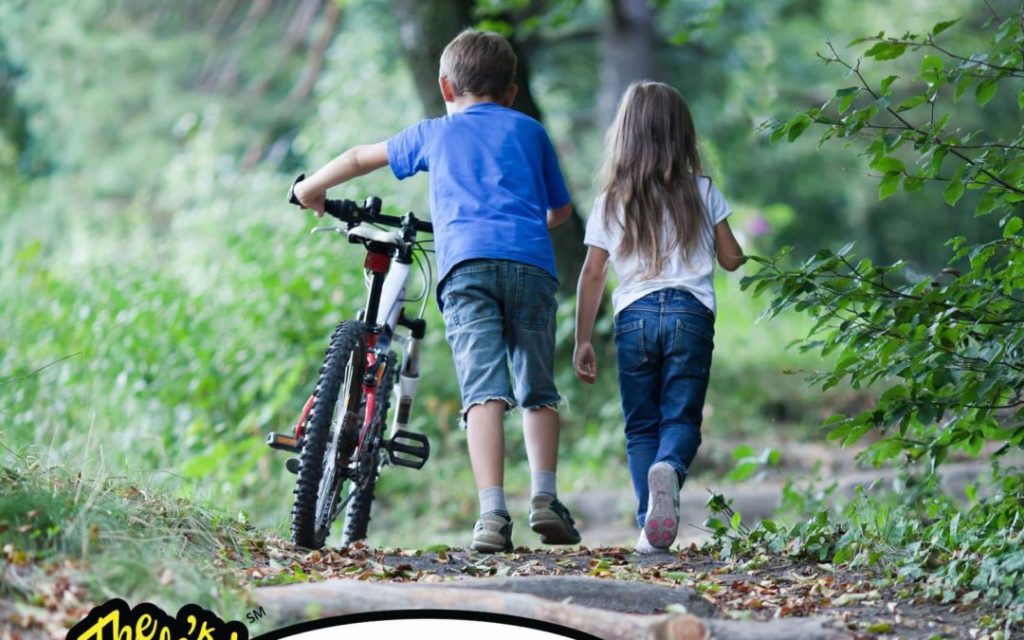By John Fagan***
With school starting back up soon, it is time to think about transportation. Walking or biking to and from school is not only a good way to avoid school drop off and pick up traffic, but it is also an effective way to reduce diabetes, obesity, and other health issues. It also contributes to the recommended 60 minutes of exercise for children each day. While walking and biking has its health benefits, it also has its dangers. Unintentional pedestrian injuries are the 5th leading cause of injury related deaths in the United States for children ages 5-19. However, by complying with the following safety tips, you can reduce the risk of danger to all pedestrians. Most of these tips apply to both walkers and bikers. Safety Tips
1. Children should walk with an adult until they are at least 10 years old, and they should hold a grown-up’s hand when they cross the street or parking lot.
2. If an adult is not available, walk with a friend. There is safety in numbers.
3. Make sure your child has some spare cash, a phone (if possible), water bottle, and an ID (even if it’s handwritten with their name, address, and emergency phone number).
4. For older children, you might want to make sure they have a spare deodorant stick in their backpack for longer, hotter commutes.
5. Always cross the street at a corner or crosswalk while obeying traffic signals. Cross with a crossing guard if there is one.
6. If there are cars waiting at the traffic light you are trying to cross, make sure to make eye contact with the driver before crossing, to make sure that they see you.
7. Stay on the sidewalk if possible. If there is no sidewalk, walk on the left side of the street, facing oncoming traffic.
8. Look left, then right, then left again, behind you, and in front of you before crossing the street. Continue looking while you cross. Walk, do not run.
9. Make sure children wear bright colored clothing or even reflective material on their backpack to be more visible to drivers.
10. Only cross in front of a bus when the driver says it is safe to do so.
11. Never walk behind the bus or between parked cars where drivers cannot see you. They may be getting ready to move.
12. Do not run into the street for a ball, pet, or any other reason. Children should play in the backyard or playground when they are outside.
13. Model good pedestrian rule following. Children will follow your good example.
14. Practice walking to school with your child before school starts so that they are used to the route and safety rules.
15. Do not take short cuts to or from school unless your parent has approved the new route.
16. Do not push, shove, or chase others while near a street.
17. Talk to your parents about any bullying behavior that may happen during your walk.
18. Never hitchhike or take rides from people that were not previously arranged by your parents. 19. Make sure older children know that it is not safe to talk on the phone or text while walking or biking. They need to be aware of traffic at all times.
20. Kids should learn to be safe pedestrians before they are safe bicyclists.
21. When biking, ride on the right side of the road, in the same direction as traffic, using bike lanes if possible.
22. Stop at all intersections whether marked or not.
23. Always wear a bicycle helmet, no matter how long or short the ride is.
24. Show children how to check tire air pressure, brakes, and seat and handlebar height, and do these things at least once a year.
My practice is dedicated to helping accident victims. If you ever need help with a legal problem or just want information on these subjects, you can always reach me at 1-855 FAGAN LAW or by email at John@JohnFagan.com






